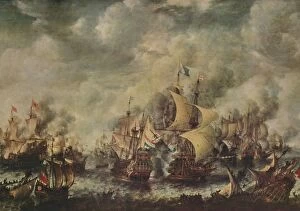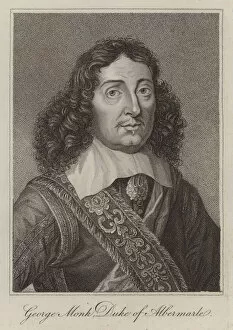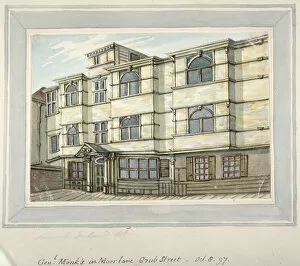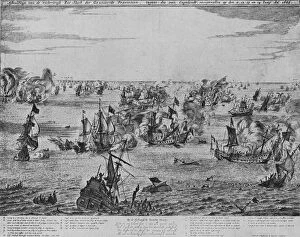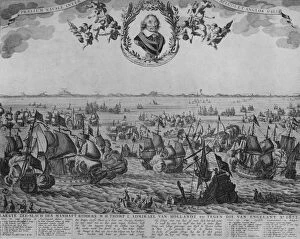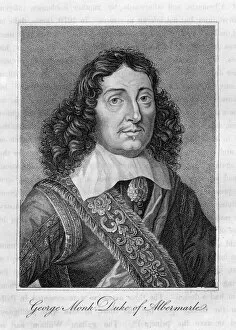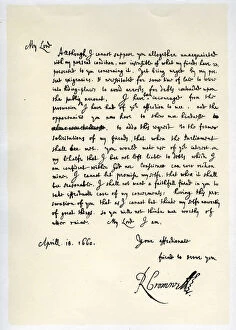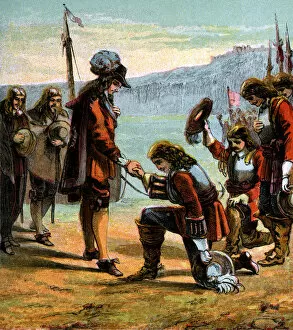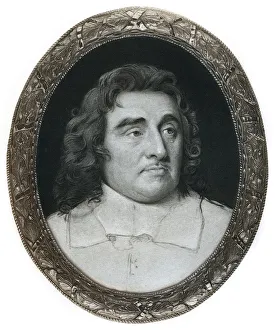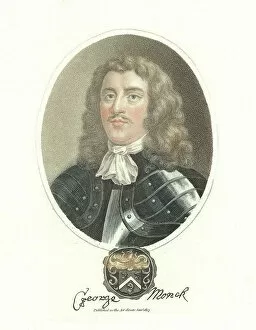George Monck Collection
George Monck, 1st Duke of Albemarle, was an influential English soldier and politician
All Professionally Made to Order for Quick Shipping
George Monck, 1st Duke of Albemarle, was an influential English soldier and politician. Known for his distinguished military career and political prowess, he is depicted in various engravings throughout history. In one such engraving by Benedict Audran after Adriaen van der Werff from Isaac de Larrey's Histoire d'Angleterre, Monck is portrayed wearing a lace collar, jacket, and sash. This image captures the elegance and regality that accompanied his position as a duke. Another engraving showcases Monck lying in state at Westminster Abbey after his passing. The somber atmosphere reflects the respect and admiration people had for this remarkable statesman. General Monk is also featured in another engraving during his lifetime, highlighting his significant role in shaping England's political landscape. The funeral procession of General Monk further emphasizes the magnitude of his influence on society during the 17th century. People gathered to pay their respects as he was laid to rest with great honor and dignity. Various artists have attempted to capture George Monck's likeness over time. Peter Lely's portrayal from the mid-1600s exudes power and authority befitting a man of such stature. Another depiction from 1830 portrays him with an air of mystery as we see only part of his face obscured by shadow. Monk's residence on Grub Street (now Milton Street) in London adds another layer to understanding this historical figure. It serves as a reminder that behind every great leader lies a humble abode where they find solace amidst their responsibilities. Lastly, an engraving depicting the sea fight between English and Dutch forces off Ter Heyde showcases Monck's involvement in major military conflicts during his time. His strategic brilliance played a crucial role in securing victories for England.

